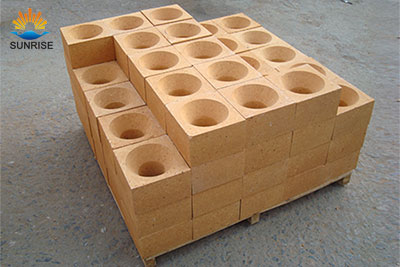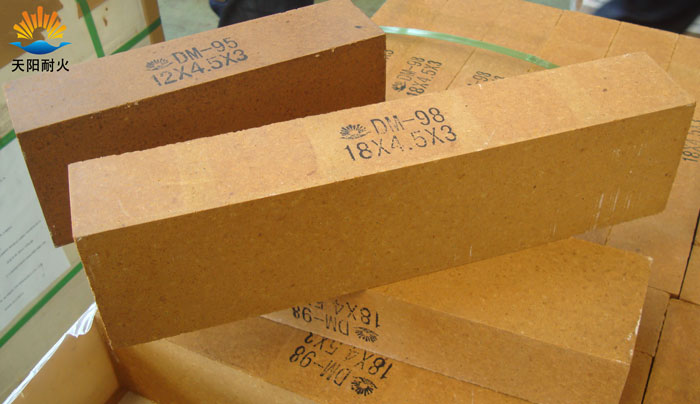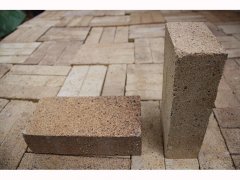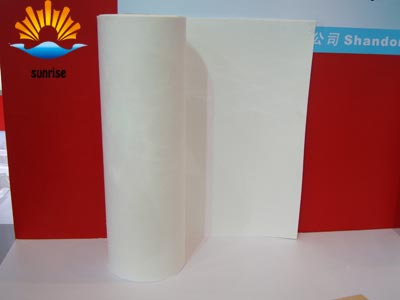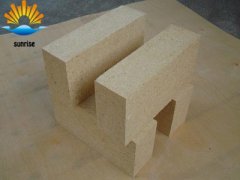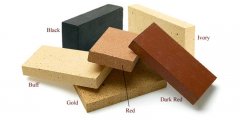Products List
-
big fireclay bottom blocks
Description: Using big vibrating table and adopting special castables, the company produces furnace l...
-
fire clay bricks
Description Fireclay bricks are the most widely used refractories made from clay minerals. It can be ...
Refractory Knowledge
-
Thermal Shock Resistant Fireproof Heat Insulating Brick
Ceramic roller kiln is a new type of energy-saving kiln widely used in recent years with thousands of...
-
Introduction to the performance of clay bricks
Introduction to the performance of clay bricks...
-
The High Temperature Operation and Maintenance Guideline of C
Ceramic fiber products have good high temperature resistance, fire resistance, resistance to oil, aci...
-
The firing temperature of the high alumina brick depends on t
The firing temperature of the high alumina brick depends on the sintering properties of the alumina r...
News Center
-
A Brief Analysis of Boiler Masonry and Its Function
Generally, small boilers are installed quickly and do not need to be built on site. For power plant b...
-
Factory Directly Supply With Popular Refractory Bricks in Ch
The use of kilns is inseparable from refractory bricks, but if the details of refractory bricks are n...
What is Magnesia Brick?
According to different production process, magnesia brick is divided into sintered magnesia brick and chemical bonded magnesia brick. Sintered magnesia brick is used to burn, the size of particles ratio appropriate magnesia, adding brine (MgCl2 aqueous solution) and sulfite pulp waste liquid as a binder, press molding, firing under the high temperature of 1550-1650 ℃. And the chemical bonded magnesia brick is not through the firing process, after the sintered magnesia in proportion of granularity, adding the right amount of mineralizer and binder, press molding, through drying is finished product. The strength of the chemical bonded Magnesia brick is lower. The performance is not as good as sintered magnesia brick, but the price is cheap, less than half the price of sintered magnesia brick belongs to alkaline refractory material, has stronger resistance to the alkali slag, but can not resist the erosion of acidic slag, under the high temperature of 1600 ℃, can react when contacting with silica brick, fire clay brick or even high alumina brick. The refractoriness of magnesia brick is above 2000 ℃, but the load softening point is only 1550 ℃. And began to soften to 40%, the interval of deformation temperature is very small, only 30-50 ℃. The thermal stability of magnesia brick is also poorer, which is an important reason for the damage of magnesia brick.
In the heating furnace and the soaking furnace, magnesia brick is mainly used for surface layer of paving furnace bottom and the lower part of soaking furnace wall, which can resist the erosion of iron oxide skin.
In order to improve the thermal stability and high temperature strength of magnesia brick, adding industrial alumina powder into the ingredients, can be successfully used as high temperature furnace material, and also used for the parts of alkaline slag erosion.
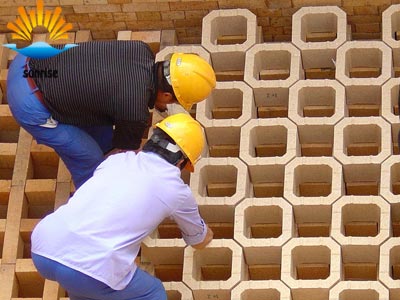
If you have any needs our help or are interested in our products, you can click online advisorychat with us online, or call our customer service telephone: 0086-0371-63838939. We will sincerely serve for you!



